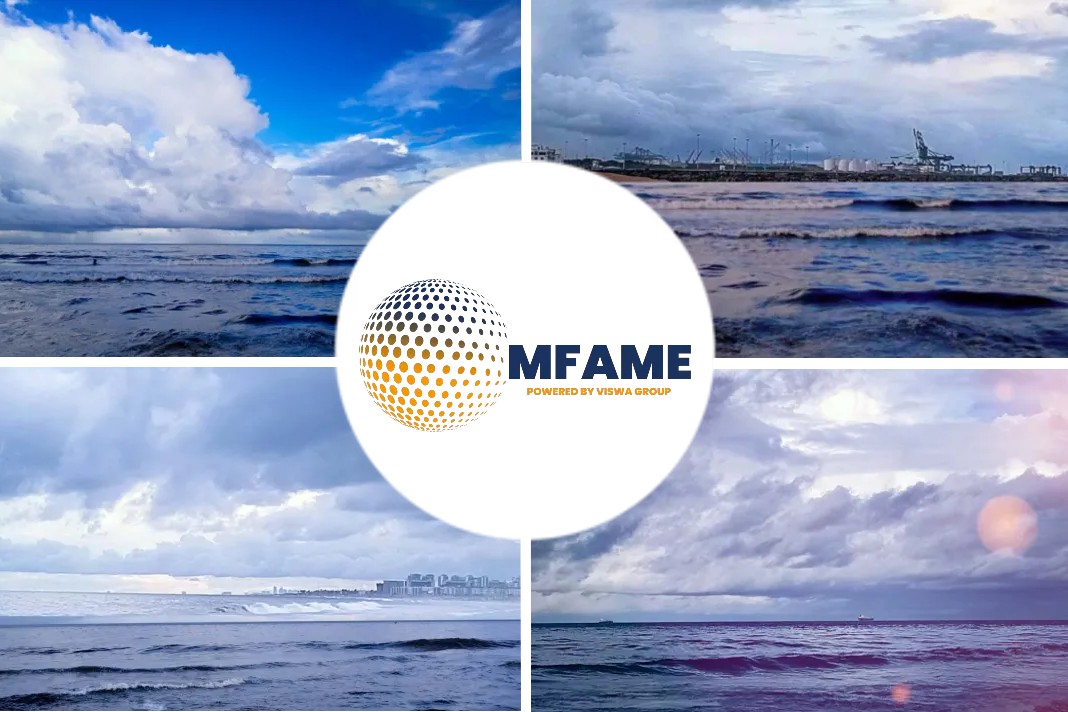The bridge teams have been warned that if they fail to fix ship positions on charts they are considering risking their vessel safety and also that of the environment.
According to insurers, there have been instances of vessels running aground partially due to navigation officers use excessive onboard position-fixing intervals. This manoeuvre can cause a major hassle if the vessels are sailing close to the coastlines or Islands.
Position-fixing: a costly claim affair
According to London P&I Club, position-fixing infrequency has been a major contributor for recent costly claims.
Carl Durow, Loss prevention manager said, “Officers of the watch may not detect an error in navigation early enough if they extend intervals of position-fixing and can be due to issues with ship safety management”.
He further added, “Club inspectors continue to note a lack of guidance in passage plans for the frequency of position-fixing necessary on individual legs of each voyage. This is often accompanied by excessive intervals in closer proximity to land on inbound voyage charts. Naturally, every passage is different, but it is recommended that the passage planning stage considers the appropriate fixing intervals and provides guidance to the officer of the watch”.
Case study to highlight the issue:
London P&I Club has also provided a couple of examples involving ships that grounded when crew were not checking the vessel’s position frequently enough.
The mutual marine liability insurer highlighted that a laden bulk carrier grounded on a shoal because of navigational and environmental condition factors. One of these was that a previous inaccurate dead-reckoning plot was not detected in time.
The Club added, “If a more appropriate position-fixing interval had been employed, it is likely that the discrepancy between the erroneous dead-reckoning plot and the ship’s subsequently plotted position would have been observed in time to correct the situation and execute the course alteration safely”.
Second instance:
In a second incident, a ship proceeding in a ballasted condition between two small islands struck one of these because it was unexpectedly affected by a strong current. This effect was not identified earlier by bridge officers before the next fix was to be plotted.
The Club added, “The ship was not employing parallel indexing, thus denying the officer of the watch two methods of detecting its heavy set to port”.
Did you subscribe for our daily newsletter?
It’s Free! Click here to Subscribe!
Source: Marine Electronics & Communications























